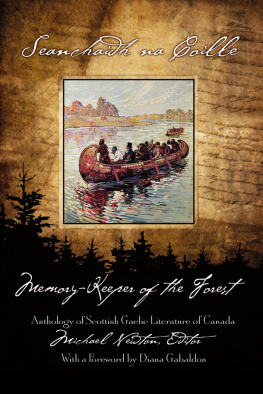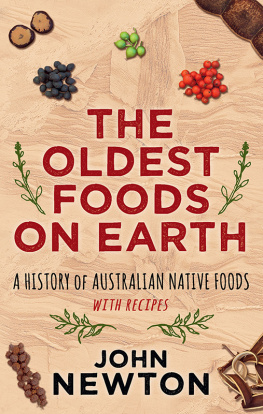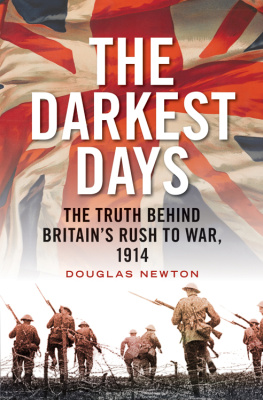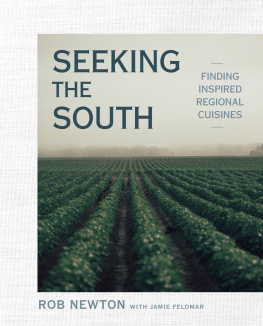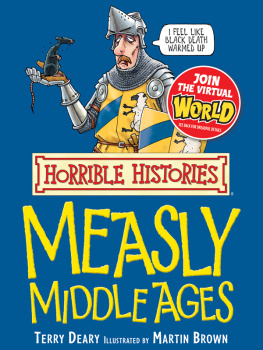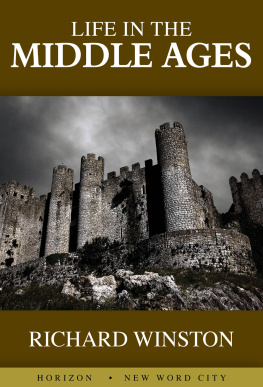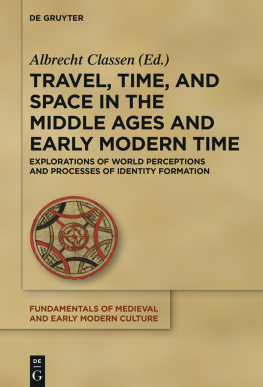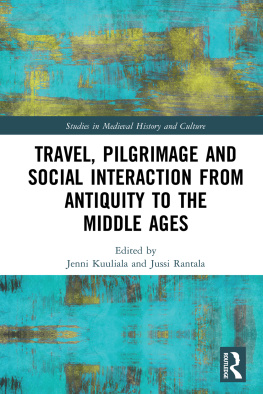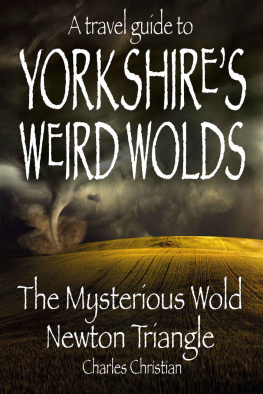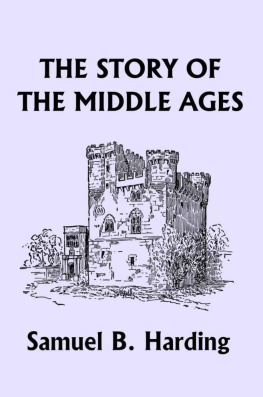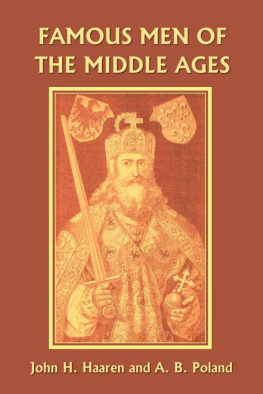Travel and Travellers of the Middle Ages
This carefully compiled work marked an important contribution to the history of Medieval travel. It will appeal to the scholar and to the general reader. It covers such areas as the conception of the world in the Middle Ages, Christian pilgrimages, the Vikings, Arab travellers, travellers tales of the East and Prester John.
.
TRANSLATION OF THE LEGENDS OF CARDINAL PIERRE DAILLYS DIAGRAM OR MAP OF THE HABITABLE WORLD.
From Trautatus de ymagine mundi, etc.
Fol. [Printed by John of Westphalia. Louvain?, 1480?.]
Travel and Travellers of the Middle Ages
ARTHUR PERCIVAL NEWTON
First published in 2004 by
Kegan Paul International
This edition first published in 2010 by
Routledge
2 Park Square, Milton Park, Abingdon, Oxon, OX14 4RN
Simultaneously published in the USA and Canada
by Routledge
711 Third Avenue, New York, NY 10017
Routledge is an imprint of the Taylor & Francis Group, an informa business
Kegan Paul, 2004
All rights reserved. No part of this book may be reprinted or reproduced or utilised in any form or by any electronic, mechanical, or other means, now known or hereafter invented, including photocopying and recording, or in any information storage or retrieval system, without permission in writing from the publishers.
British Library Cataloguing in Publication Data
A catalogue record for this book is available from the British Library
ISBN 10: 0-7103-0909-0 (hbk)
ISBN 13: 978-0-7103-0909-9 (hbk)
Publishers Note
The publisher has gone to great lengths to ensure the quality of this reprint but points out that some imperfections in the original copies may be apparent. The publisher has made every effort to contact original copyright holders and would welcome correspondence from those they have been unable to trace.
CONTENTS
LIST OF ILLUSTRATIONS
The Habitable World according to Cardinal Pierre dAilly, 1410
Trade Routes and Travellers Journeys between Europe and Cathay (12451345)
PREFACE
T HE substance of the contributions here collected was comprised in a course of Public Lectures in the Departments of History and Geography in Kings College, London, delivered in the Lent Term of 1925. Several of the contributions have been re-written and amplified with material that could not be included in the lectures, and I have added an entirely fresh chapter, but the book does not profess to be a complete survey of the fascinating field of which it treats. Those who are moved to explore further by the glimpses that alone are here revealed must betake themselves to the authorities that are mentioned in our footnotes and especially to the scholarly pages of Professor C. R. Beazley, Sir Henry Yule, M. Henri Cordier, and M. Ch. Schfer. There they will find the full apparatus of maps and documents wherewith alone can justice be done to the ideas and achievements of medieval geographers. This brief conspectus of certain aspects of the subject may, however, be of interest to the general reader, summarizing as it does some of the more recent work done in the field, and it will be of value to the increasing number of students in English and American universities who, as a part of their geographical courses, are concerning themselves with the history of travel.
My warm thanks are due to the collaborators who have accepted so kindly my suggestions of subjects for treatment, and have facilitated my task in every way. For the planning and arrangement of the book I alone must accept responsibility.
ARTHUR PERCIVAL NEWTON.
UNIVERSITY OF LONDON,
KINGS COLLEGE.
3rd December, 1925.
CHAPTER I
INTRODUCTION : THE CONCEPTION OF THE WORLD IN THE MIDDLE AGES
By Professor ARTHUR PERCIVAL NEWTON, M.A., D.LIT., B.Sc., F.S.A.
T HE essays here collected have been arranged to show something of the way in which the men of the Latin Westin the course of a thousand yearsgradually modified their conceptions of the physical world in which they lived. These conceptions differed widely from those of the Ancients, though they derived many of their components from the ideas of Classical times. They also differed from those formed on a wider base of knowledge in subsequent centuries, but they have contributed much to our everyday phraseology and to the imagery of our poets. While rejecting the ideas of medieval men, we have kept their names and phrases. Many of them are very persistent, but they have quite changed their meaning. At one time they were accurate descriptions of what men thought about the world, and might form the basis of argument. To-day they are mere poetic figures.
The contributions are arranged in roughly chronological order, and each discusses in some detail the concepts of the world and the conditions of travel and exploration of a particular period or associated with particular sources of ideas which have made material additions to the development of thought and knowledge.
The thousand years between the break-up of the ancient world and the period of the great discoveries of the late fifteenth and early sixteenth century falls in this, as in many other respects, into three main periods. The first stretches from the sixth to the eleventh century and is marked by the loss of the ancient scientific concepts of the world and their replacement by uncritical cosmogonies, based largely upon the crude ideas of the Hebrews as set out in the Scriptures. It can hardly be claimed that in this period there was any conception of the world generally held among educated and thinking men. Almost every writer who deals with cosmogony interprets the Scriptural phrases in his own way, and only the very ablest, like the Venerable Bede, who still were familiar with the remains of ancient learning, give us anything that remotely corresponds with reality. The second period includes the time from about A.D. 1000 to the beginning of the fourteenth century. It is the period of the Crusades, a time of rapid development in the realm of ideas and of critical power, as well as in material achievement. Men are no longer wholly dependent for their conceptions upon the Scriptures and a trickle of little understood survivals from the ancients. They can drink at the founts of Greek and Roman knowledge through new channels. Arabic thought and learning greatly influence them. Immense results flowed thence, and the time is marked not only by great advance in the sphere of thought and scientific criticism, but also by a large extension of exploration and a growth in practical knowledge of the land-mass of Eurasia such as had never been possessed even in ancient times. Alongside, but flowing in a separate stream, were the achievements of the men of the North. Their practical accomplishment was astonishing, but its influence upon the development of European thought was comparatively slight and indirect. It was not until a very much later age that the travels of the Vikings became known throughout Western Europe, and their story is rather an appendix to our main theme than an integral part of it.






